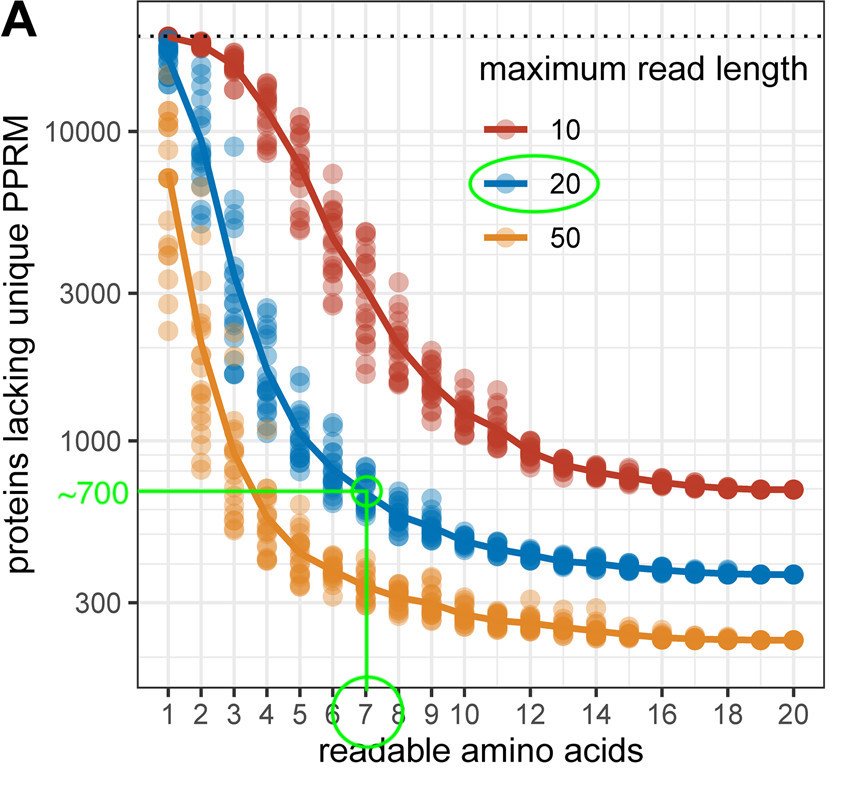(1/3) Amazing case study in the American Journal of #Transplantation:
A kidney #transplant patient was being treated for metastatic cancer using a checkpoint inhibitor, which caused the patient's immune system to reject the kidney (...)
onlinelibrary.wiley.com/doi/abs/10.111…
A kidney #transplant patient was being treated for metastatic cancer using a checkpoint inhibitor, which caused the patient's immune system to reject the kidney (...)
onlinelibrary.wiley.com/doi/abs/10.111…
(2/3) After experiencing a complete response, the patient was re-transplanted with a second kidney. This second graft was monitored for rejection using a novel #liquid #biopsy.
This is the first time, to my knowledge, a patient beat cancer and active organ rejection.
This is the first time, to my knowledge, a patient beat cancer and active organ rejection.
(3/3) We think liquid biopsies will fundamentally change the transplant space, allowing doctors to precisely dial #immunosuppressive medication, anticipate organ rejection, and monitor organ health, using a non-invasive approach.
• • •
Missing some Tweet in this thread? You can try to
force a refresh








